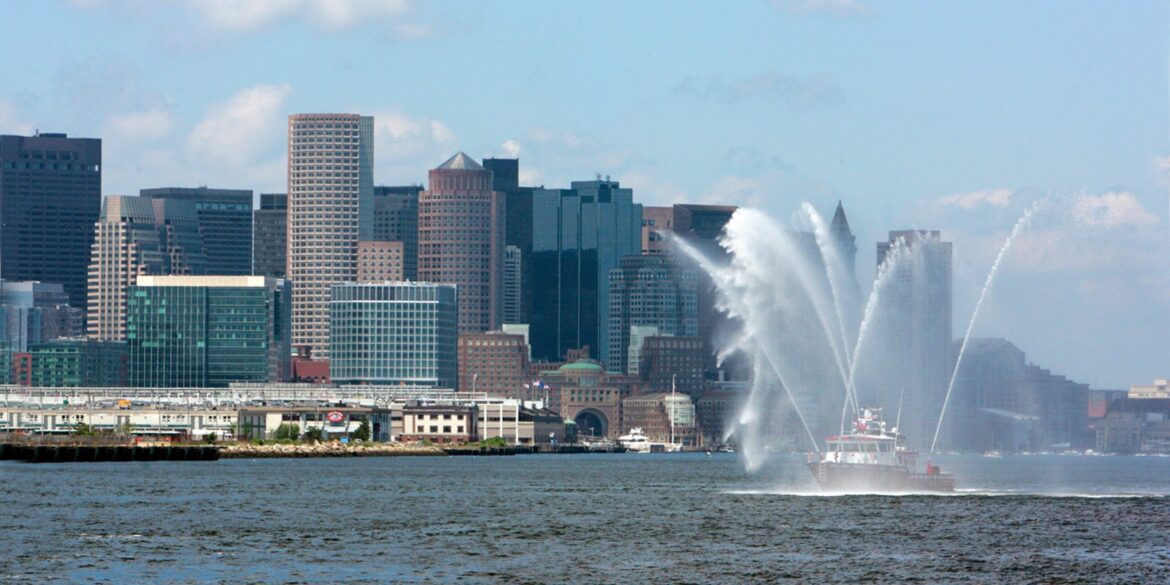New York City celebrated the 18th annual City of Water Day, a citywide event dedicated to raising awareness about the importance of protecting the city’s waterfronts and waterways. Organized by the Waterfront Alliance and the New York-New Jersey Harbor & Estuary Program, the event brought together thousands of New Yorkers, visitors, and environmental advocates for a day of educational programs, hands-on activities, and environmental awareness.
A Day of Discovery and Fun on the Water
The City of Water Day events spanned across the five boroughs and parts of New Jersey, Westchester, and Rockland counties, offering an impressive range of activities designed to foster a deeper connection between residents and their local waterways. Attendees enjoyed free opportunities to participate in kayaking, paddleboarding, fishing lessons, and birdwatching, allowing participants to experience New York’s waterways in a way that many might never have before.
One of the key attractions was the Flood Protection Walking Tour in Lower Manhattan, which highlighted the city’s ongoing efforts to combat rising sea levels and flood risks. The tour allowed participants to engage with urban planners and engineers to learn about the vital infrastructure projects aimed at protecting the city’s most vulnerable waterfront communities.
Other notable events included a special Jamaica Bay Festival, which ran from 8 a.m. to 6 p.m., and featured interactive exhibits, nature walks, and educational talks about the local marine ecosystem. The festival offered families and children a fun, educational experience, providing them with the knowledge to become stewards of their environment.
Citywide Engagement and Environmental Impact
City of Water Day is not just about celebrating New York’s waterways; it’s about fostering a sense of environmental responsibility and action. The event’s primary goal is to raise awareness of the many challenges facing the city’s waterfronts, from pollution and flooding to the impacts of climate change. By offering free, accessible activities, City of Water Day encourages New Yorkers to take an active role in the preservation and protection of their natural environment.
This year’s event emphasized sustainable tourism, encouraging people to visit parks and waterway sites in a way that minimizes their ecological footprint. The Waterfront Alliance also used the occasion to promote their “Leave No Trace” initiative, which encourages people to clean up after themselves and respect local wildlife when enjoying nature.
The Economic and Cultural Importance of New York’s Waterfronts
The success of City of Water Day is also a reflection of New Yorkers’ growing appreciation for the waterfront areas, which have become vital cultural and recreational hubs for residents and tourists alike. The event serves to highlight how crucial these areas are not only for environmental and recreational purposes but also for the local economy.
For local businesses near waterfront areas, such as restaurants, gear rental companies, and small eco-tourism ventures, the event was a boon, with many seeing an increase in visitors and sales. The event’s positive economic impact underscores the importance of maintaining New York’s urban waterways as viable public spaces for recreation, tourism, and community building.
The Future of Waterfront Conservation
As part of the ongoing City of Water Day celebrations, local governments and advocacy organizations are setting goals for the future, particularly with regard to climate resilience and sustainability. A significant portion of the event’s success is attributed to the collective work of organizations such as the New York Restoration Project and The Nature Conservancy, which are working to restore and protect these vital areas for future generations.
New York City’s dedication to improving its waterfronts continues to shape its future. This year’s City of Water Day reaffirmed that, with continued focus on both environmental and community engagement, New Yorkers can help create a more sustainable future for the city’s urban ecosystems.

